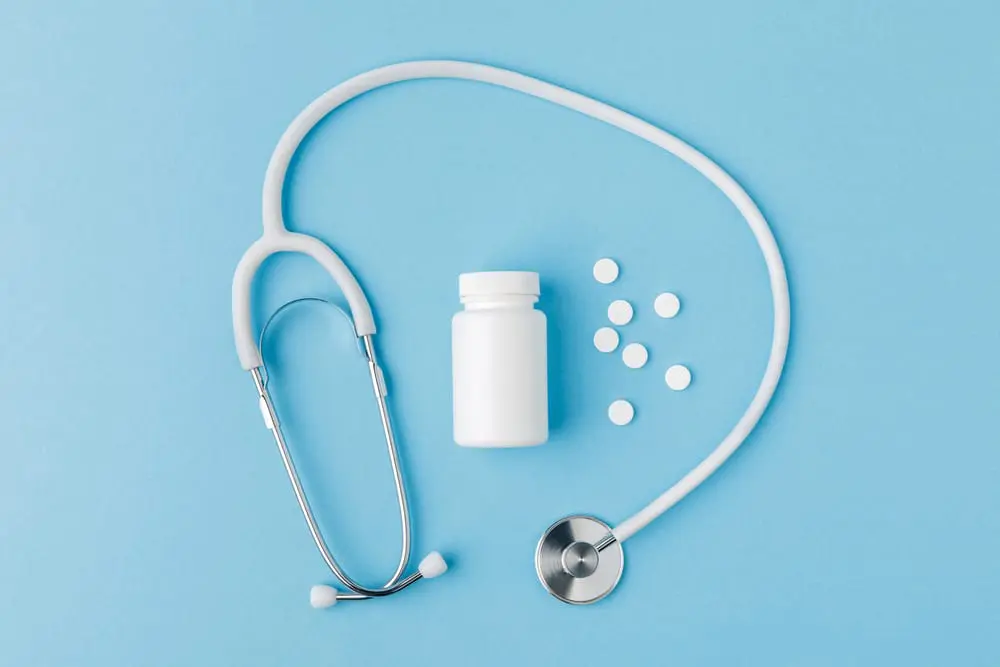When it comes to the development of new drug research, the FDA takes human safety very seriously. So, after a potential new drug has been developed, it must be thoroughly assessed through preclinical research before it can be tested on humans. If all goes as planned, the drug can advance to a phase I trial, then a phase II trial, a phase III trial, and finally a phase IV trial. Each of the four clinical research study phases plays an important role in assessing the drug’s safety and/or effectiveness. So, what is a phase I clinical research study?

What Is a Phase I clinical research study?
Typically, a phase I clinical research study is the first step of the research process involving human participants. (In some research, a phase 0 trial is the first.) To better understand phase I trials, let’s explore some FAQs:
How many participants are involved?
The number of participants in a phase I trial varies, but it is always a small group. Typically, between 20 and 100 healthy participants will take part.
How long does the trial last?
Phase I trials typically last several months.
What is the goal of the trial?
In this initial phase of research, researchers are primarily focused on the safety of the drug or device. They’re aiming to find the ideal dose of the drug: the amount that can be given to participants safely, without producing any serious side effects. In addition, a phase I trial may be used to determine how the body processes the drug. Researchers may assess the body’s absorption, metabolization, and excretion of the drug.
How do researchers assess the treatment’s safety?
To start, researchers will give a small number of participants a very low dose of the drug or device. Then, they will watch the participants closely and monitor their health, making note of any side effects. If any side effects become too severe, the trial will end. If there are no side effects, or if the side effects are minimal and manageable, researchers may increase the dosage levels. This process continues until the researchers reach a dose that’s likely to produce the intended results while having an acceptable level of side effects.
What happens next?
If all goes well, when the trial ends, researchers will have valuable knowledge of the drug’s potential side effects. They may also better understand how the body processes the drug. Having proved that the drug is reasonably safe, the researchers can move on to a phase II trial.
_____
So, what is a phase I clinical research study? It’s a study involving a small number of human participants that explores the safety of a potential new drug. These studies play an important role in the drug development process, and if you’re interested in taking part, you can apply to join a trial.
To get started, check out QPS Missouri if you live in the southwest Missouri region. QPS Missouri is looking for new participants. Since opening its doors in 1994, QPS Missouri has conducted over 1,000 FDA-regulated studies, paying out over $35 million to local participants. Your local participation could have a global impact, as QPS is an international leader in contract research with facilities in North America, Europe, and Asia. Our mission is to accelerate the development of drugs worldwide by enabling breakthroughs in pharmaceutical innovation. If you would like to join us in this mission, consider applying for a clinical research study.
To get started, you simply need to fill out an online application. Within 48 business hours, a recruiting coordinator will contact you for your pre-screening assessment. To learn more, please visit the QPS Missouri website, review the study participation process, or check out our list of FAQ.
